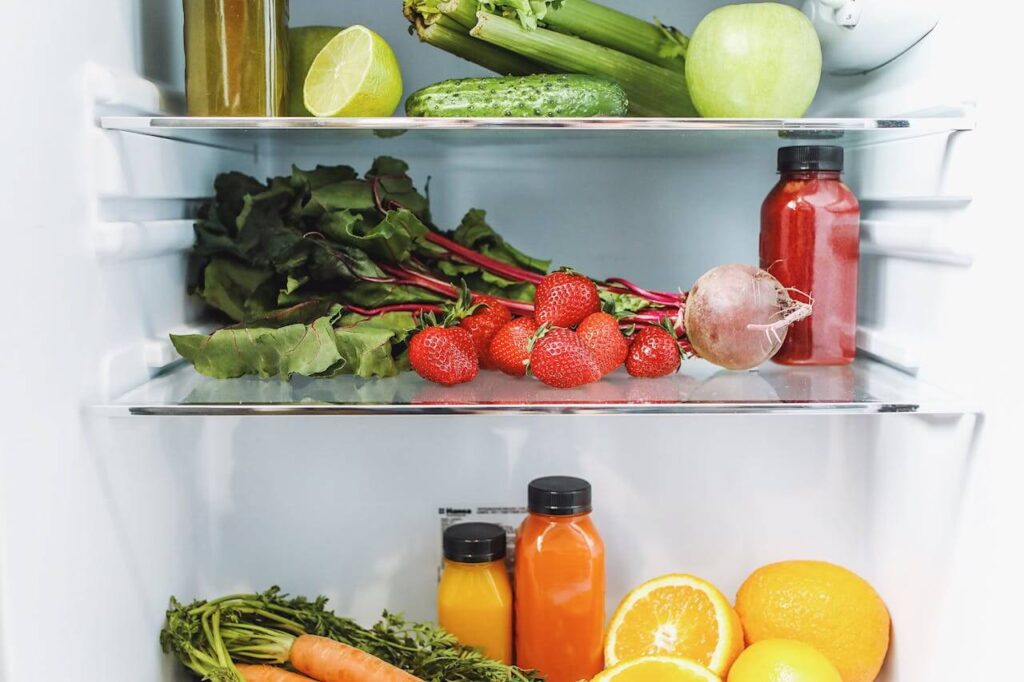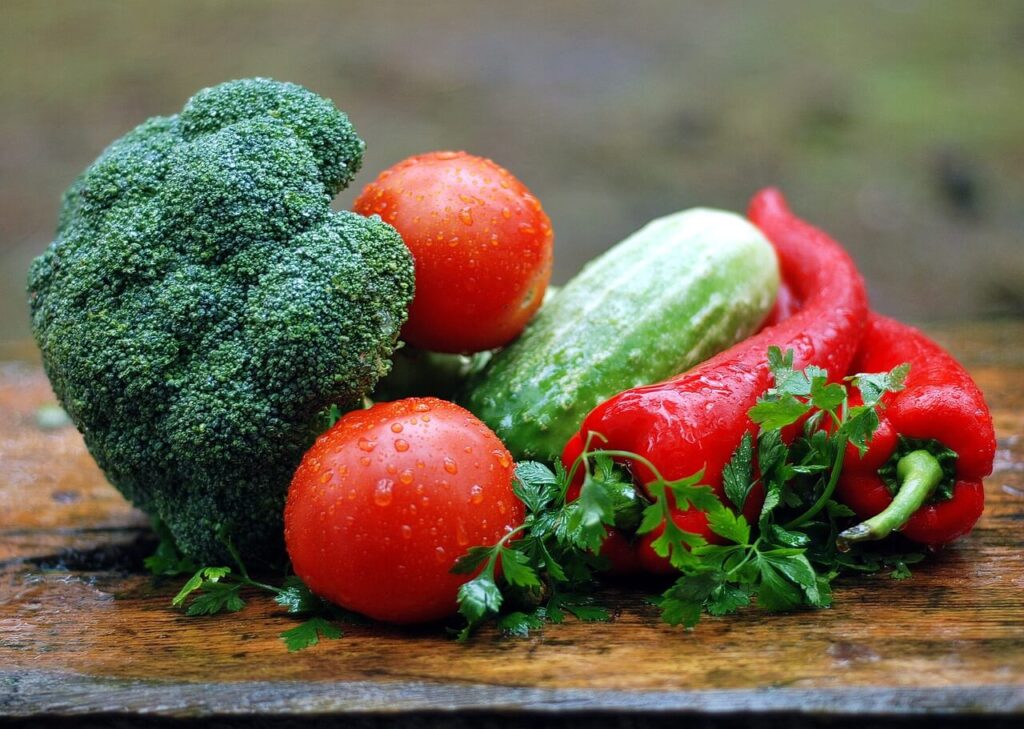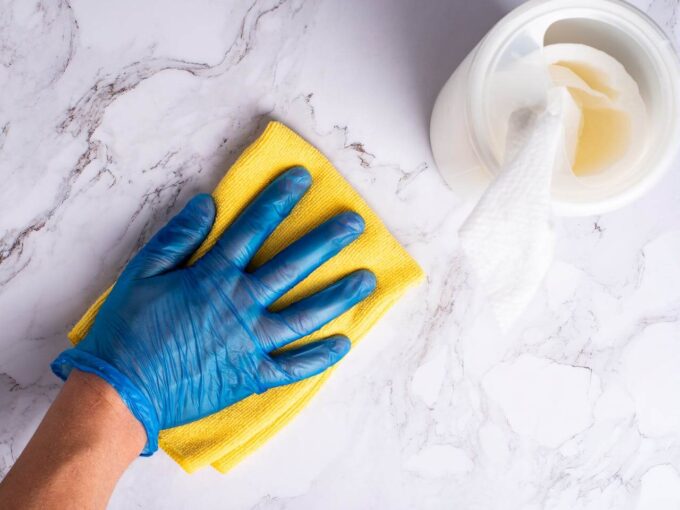How to Store Vegetables and Fruits to Keep Them Fresh Longer

Fresh fruits and vegetables spoil quickly without proper storage techniques. Beyond just saving money, understanding the science behind produce storage helps maintain flavor and nutritional value longer. This guide explores evidence-based approaches to keeping your harvest at peak condition.
Strategic Separation: Produce That Needs Distance
Certain fruits emit ethylene gas that accelerates ripening in surrounding produce. Maintain separation between:
- Ethylene powerhouses (bananas, apples, avocados) and other items
- Onions and potatoes, as onion moisture triggers potato deterioration
- Tomatoes and cucumbers, which interact negatively when stored together
When in doubt, keep fruits that ripen after harvest isolated from vegetables to prevent premature deterioration.

Temperature Matters: Refrigeration vs. Counter Storage
Storage location significantly impacts produce longevity:
Refrigerator candidates:
- Berries (unwashed, in breathable containers)
- Root vegetables (carrots/celery benefit from moisture—store in water or wrapped in damp towels)
- Cruciferous vegetables (broccoli/cauliflower need airflow in perforated packaging)
Counter-worthy items:
- Bananas (refrigeration damages texture and appearance)
- Citrus (performs better at moderate temperatures away from direct light)
- Tomatoes (cold storage destroys flavor compounds and texture)
A practical guideline: if markets display it unrefrigerated, your counter likely works too.
Extending Green Life: Herbs and Leafy Vegetables
Delicate greens demand special attention:
- Transform herbs into “bouquets” by placing stems in water glasses covered with plastic in the refrigerator
- Create moisture balance for leafy greens by wrapping in absorbent paper before containerizing
- Preserve excess herbs by freezing in oil or water within ice cube trays for convenient cooking portions
These approaches dramatically extend the usable life of typically short-lived greens.
Specialized Care for Common Items
Certain produce benefits from tailored approaches:
- Bananas maintain quality longer when isolated with stems wrapped to slow ethylene release
- Potatoes require cool, dark environments—never refrigerate as cold converts starches to sugars, altering taste
- Tomatoes retain optimal texture when stored stem-downward at room temperature
These customized practices preserve both nutritional value and culinary quality.

Storage Equipment That Makes a Difference
The right tools dramatically impact freshness duration:
- Airtight vacuum containers minimize oxidation that leads to deterioration
- Ventilated storage bags allow necessary airflow while maintaining humidity
- Glass containers help manage moisture levels for berries and similar items
Quality storage solutions represent an investment that quickly pays dividends through reduced waste.
By implementing these targeted storage practices, you’ll transform your relationship with produce—enjoying fresher ingredients while minimizing food waste and maximizing your grocery budget.
Latest Posts
How to Make Homemade Disinfectant Wipes
Truth be told—sanitizing wipes have transformed into a modern household necessity. However,...
3 Mins readThe Best Way to Store Fruits and Vegetables to Keep Them Fresh Longer
Food preservation isn’t just a skill—it’s a strategic mission to rescue your...
1 Mins readHow to Keep Your Patio Furniture Looking New
Outdoor furniture isn’t just decor—it’s an investment in your personal retreat. Every...
1 Mins readHow to Choose the Best Area Rug for Your Home
Imagine a single element that can instantly reshape your living environment—welcome to...
1 Mins read











